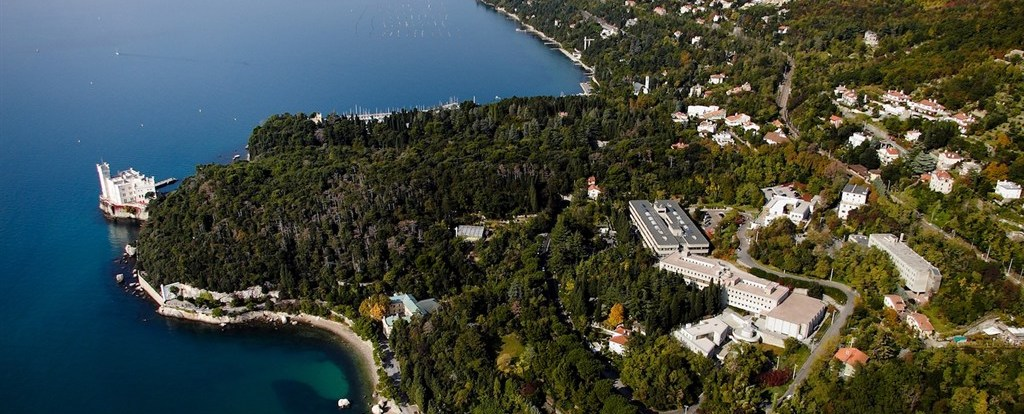Speaker
Description
Surveying the large-scale structure of the universe will yield an enormous amount of high quality data for constraining cosmology and potentially detecting new physics. However, extracting the maximum amount of information from this dataset and using it to its full potential requires fast and accurate methods of simulating cosmic structure formation in the nonlinear regime. Normally this is achieved with computationally expensive N-body simulations, which are too slow to use directly for inference. In this talk I will present the results from a new field-level emulator for large-scale structure formation that is trained to map the linear perturbations of the early universe to the nonlinear outcomes of cosmological N-body evolution. The emulator is made of a convolutional neural network, augmented with style parameters that capture both cosmology and redshift dependence. The model is autodifferentiable by construction, and the redshift dependence allows for time derivatives to be computed during training, thus the model is training on the full phase-space distribution of the N-body particles. The cosmology dependence allows the model to act effectively as an ensemble of CNNs each trained on simulations with different cosmological backgrounds, making the model an emulator for structure formation that is autodifferentiable with respect to both initial conditions, cosmological parameters, and redshift. The emulator achieves percent-level accuracy down to nonlinear scales of $k\sim1~\mathrm{Mpc}^{-1}~h$, and can be used for both fast, accurate generation of a large number of mock catalogs and for field-level inference.

